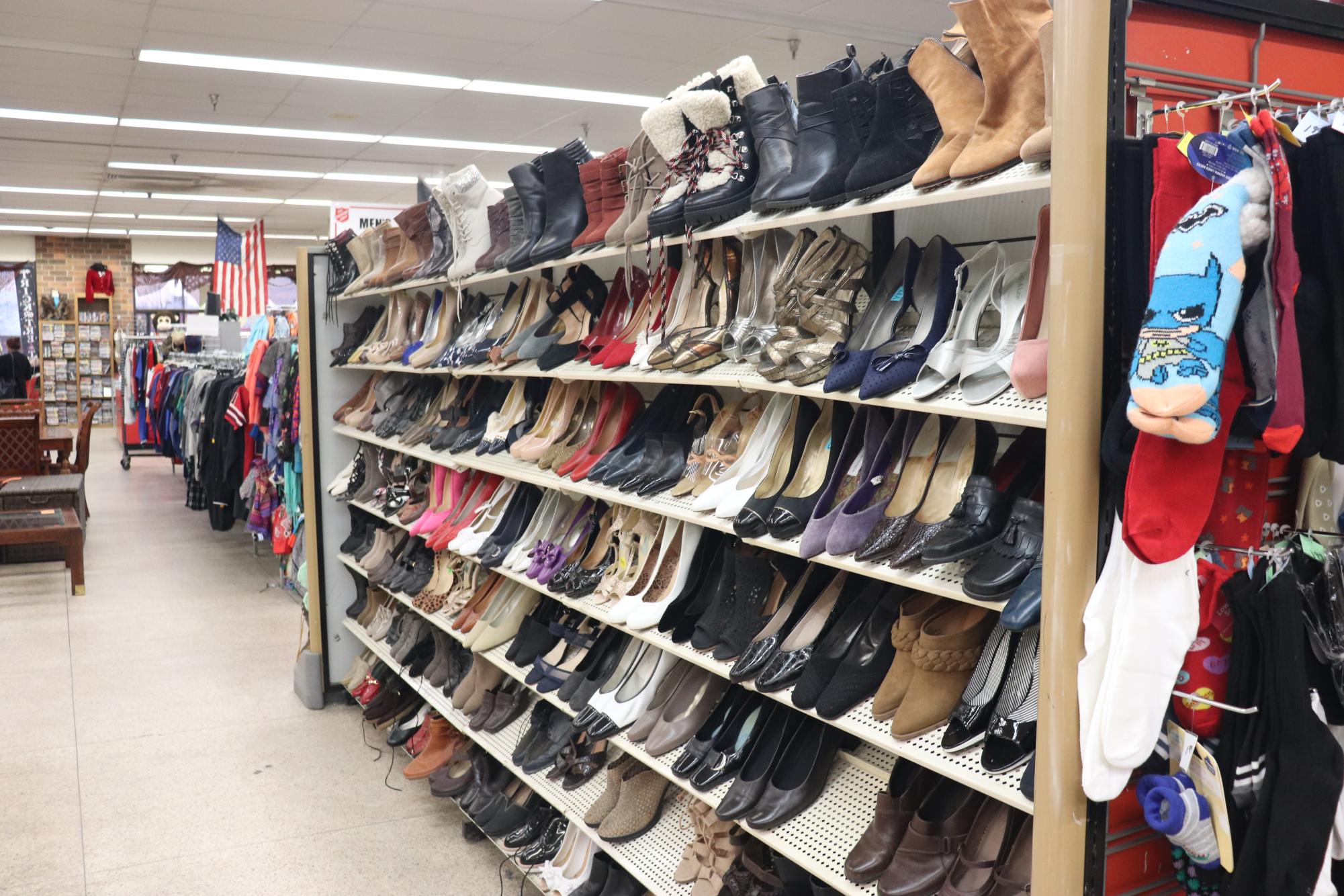
Thrift tips for Iowa City secondhand stores
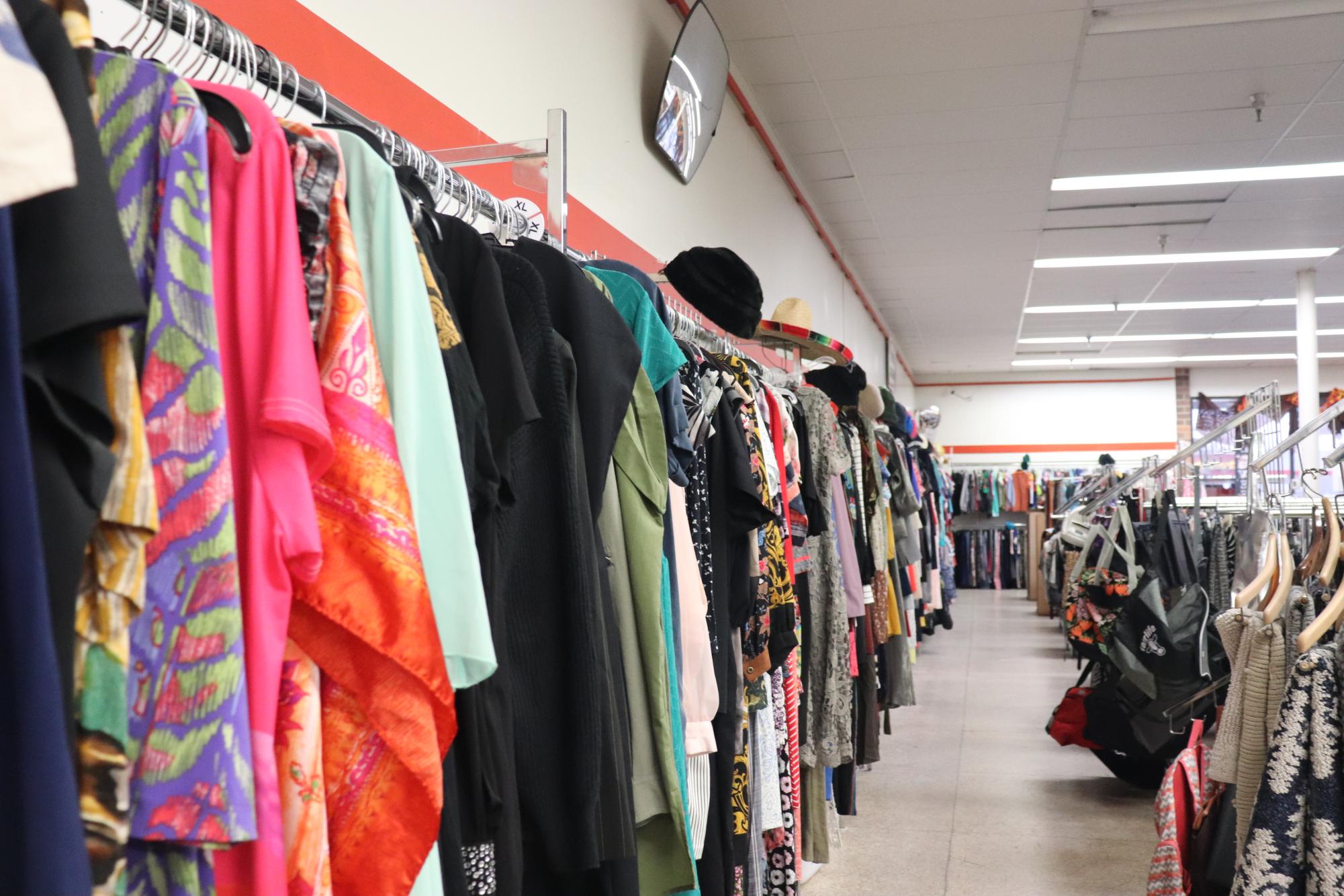
Thrifting can be a tricky business. You never know what you’re going to end up with when you walk through the door. It could be a great haul or a strikeout, but there are ways to turn the odds in your favor. Second-hand shopping with the right mindset and techniques can truly change the game and land you great finds at great prices. West Side Story’s resident thrifters are letting you in on all the trade secrets to get the most out of thrifting. Read all the tricks and tips below from lifelong thrifters and second-hand store employees themselves.
First, you need to know where to thrift for what you want. Are you looking for some stylish vintage pieces, or name brands for a cheaper price? Luckily for you, West Side Story has an article all about figuring out the best thrift stores to suit your specific needs. Give that article a read and come back to find out what you do once you get there.
Just like there are tricks to shopping at the mall, thrift stores are no different. Here are some tips that anyone, beginners or experienced thrifters alike, can use to boost their second-hand buying.
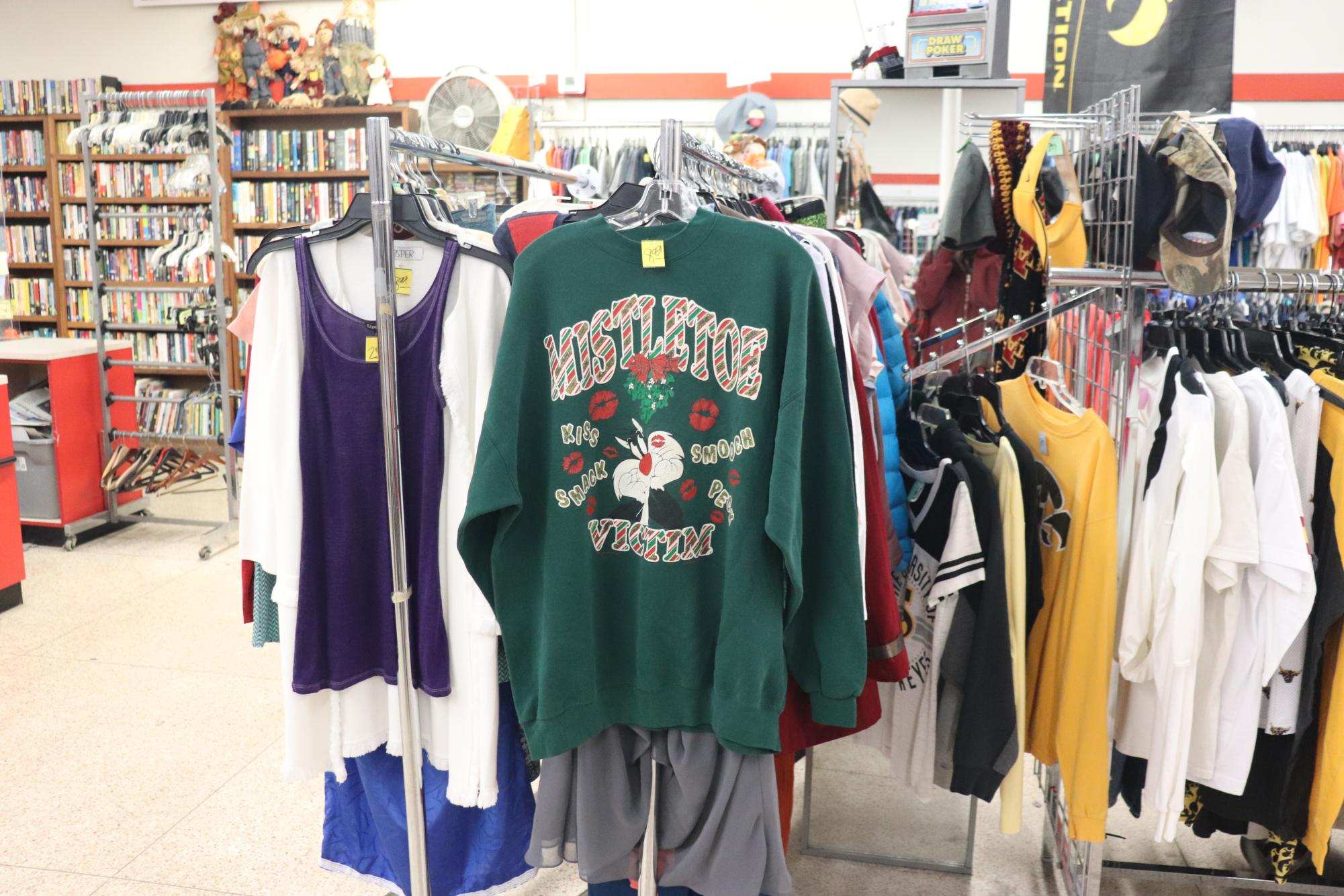
Different stores restock on different days, so it’s always smart to know when new items will be put out onto the floor.
“Monday is when we take everything out that was the sale color of the previous week. Tuesday is when we start putting things out for Wednesday, so Thursday-Friday is when, like, everything’s coming out,” West High Alumni and Salvation Army employee, Rosellyn Rubio said.
Rubio has worked at The Salvation Army: Family Store for around two years and prides herself on being a seasoned thrifter.
Salvation isn’t the only store with a schedule, though. Goodwill restocks Sunday-Monday, so Tuesday is prime time to get digging through the racks.

Most thrift stores do sales regularly based on tag color, with The Salvation Army and Goodwill cycling through sale colors of the week, Crowded Closet doing both a color of the day and a color of the week and all of them do holiday sales when the time rolls around. Other places like Stuff Etc. do semi-annual half-price sales.
While thrift store prices are historically cheap, and definitely less expensive than the average retail store, prices are on the rise. Paying attention to what is on sale and when the best sales are can save you some serious cash in the long run.
Some stores such as Goodwill even have rewards programs now. It’s completely free of charge and allows you to earn points to get money off future purchases. Rewards members receive five cents in store credit for every dollar spent when they present their card at the checkout.
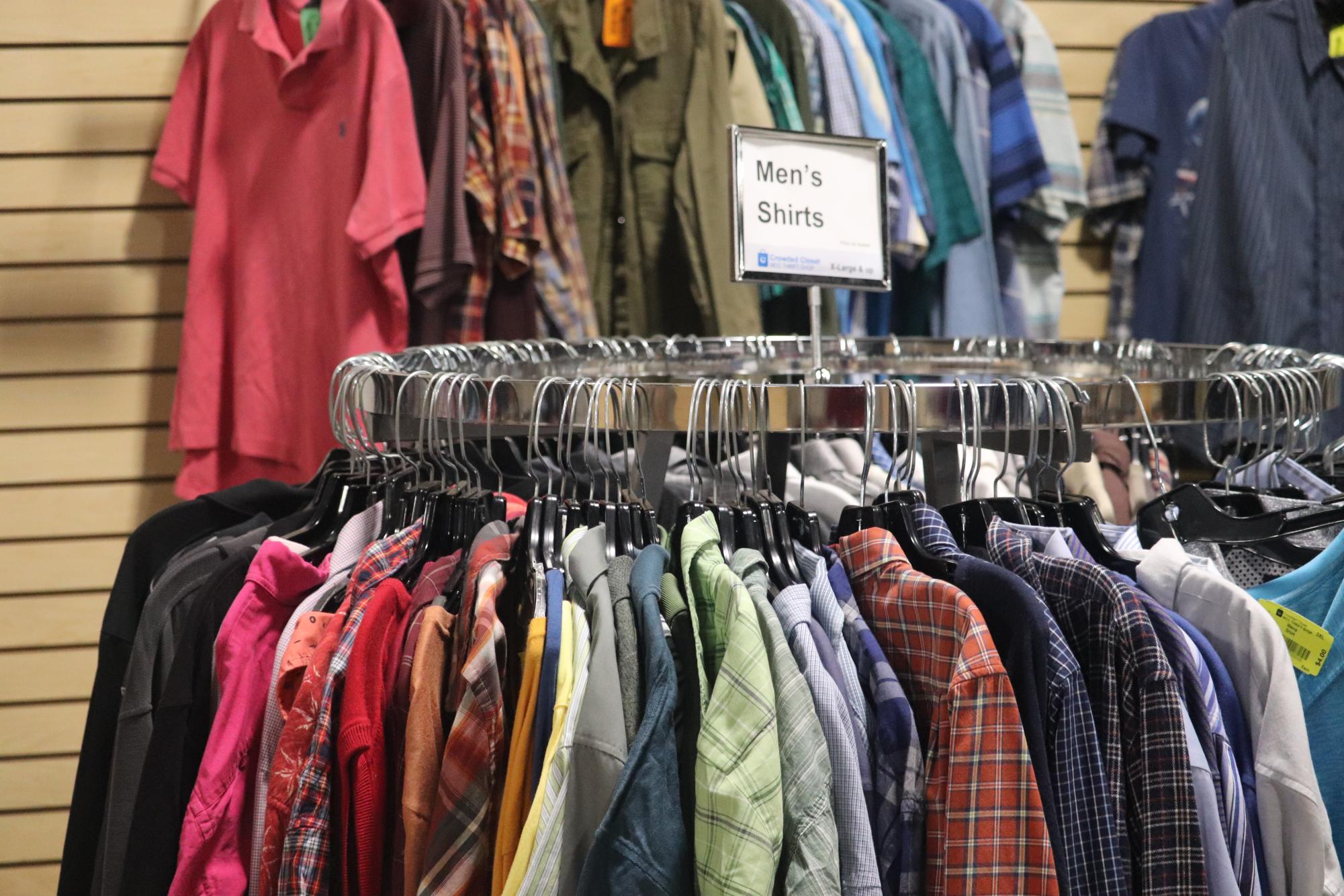
The best and worst thing about thrift stores is that they’re never going to have the same thing twice. If you walk into a thrift store with a list of things you definitely need to find, you’re likely to be disappointed.
“It’s not gonna be perfect the way you want. So you kind of have to work with it and make it into your vision,” Rubio said. She also mentioned that creativity and skills like sewing can turn a mildly ugly blouse into a “thrift-flip” masterpiece.
The best attitude to have while second-hand shopping is an adaptable determination. Don’t give up if you don’t find anything good at one store, the next store could be a jackpot of cool and affordable clothes.
Another thing that’s important to be open minded about is the clothes past. A lot of people don’t thrift shop because they find it gross or disturbing that all the clothes are used. This seems reasonable, however it’s a problem with many solutions.
Many thrift stores pre-wash all clothes that get donated to them such as Crowded Closet or The Second Act. It’s also recommended that you put any thrifted clothes through the washing machine before wearing them. This will alleviate any dangers of the clothing not being clean and also get rid of that “thrift store smell” that sometimes clings to the clothes.
One last important tip: check carefully for stains or rips in the clothing before you buy it. Thrift store employees are supposed to get rid of damaged clothing but sometimes things go unnoticed.
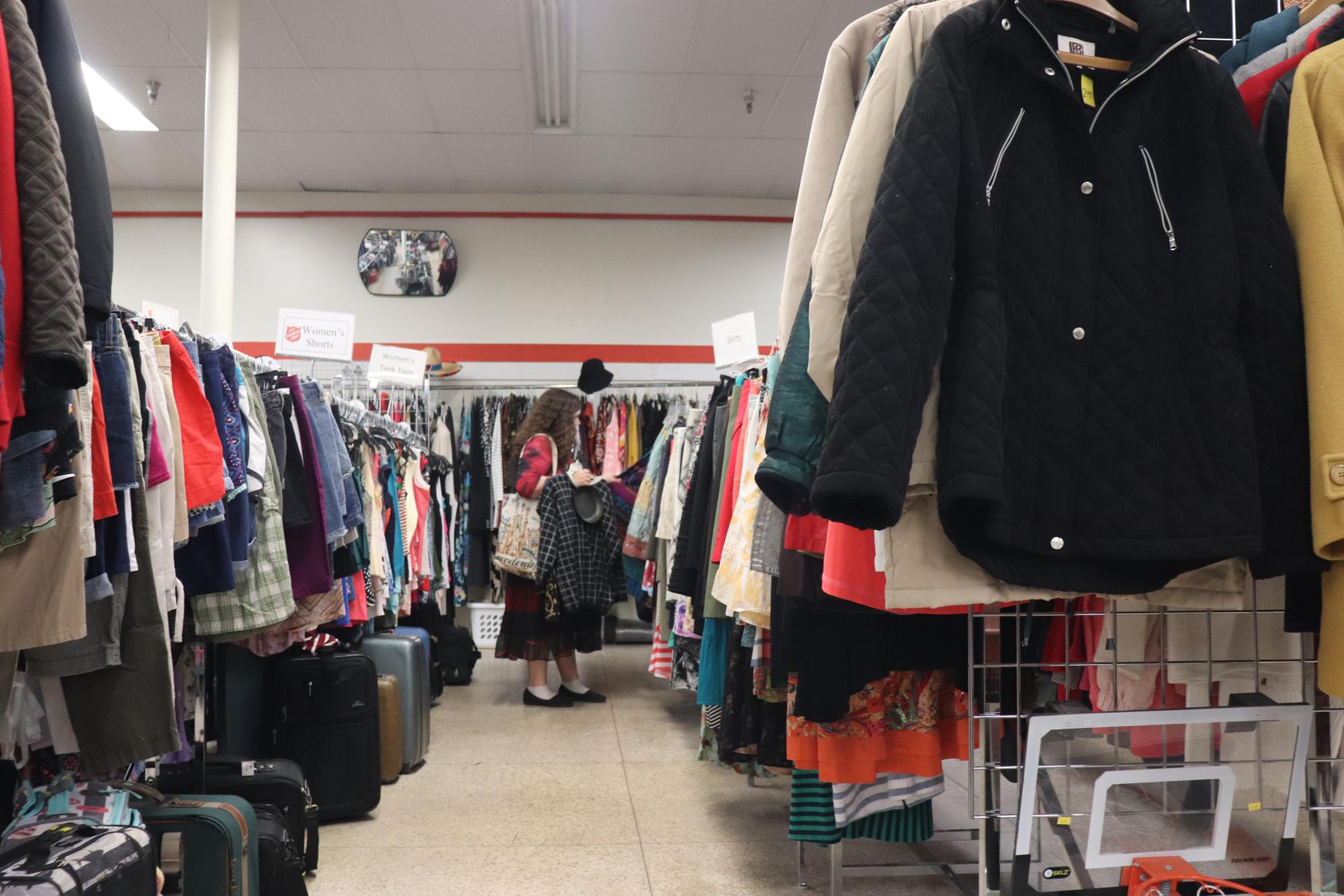
Thrifting isn’t the same as popping into H&M to browse their carefully curated clothes selection. There’s way more to look through in second-hand stores. There’s only one of each thing and the racks are overflowing with a massive variety of styles. Make sure you budget yourself a good chunk of time if you want to find lots of good stuff. However, it’s important to know your limits and not force yourself to look through everything if you just don’t feel like it.
“You don’t want to spend like two hours at the thrift store. Then it’s tiring and you get burnt out,” Rubio said wisely.
Though thrifting will inevitably take longer than popping into a fast fashion store at the mall, there’s ways to minimize the time spent searching through the racks. After the first few times you go thrift shopping, try to narrow down what sections interest you. For example, if skirts are a big part of your wardrobe, make sure to look carefully at them. If you realize that blazers aren’t what you’re looking for, skip that section and move on to greener pastures. Prioritize your time based on what types of clothing you want to buy.
“I’m always looking for cheap and good quality athletic clothes…I’ve literally found name brands for like 10 bucks,” avid thrifter Greta Gromacki ’26 said. Gromacki is in the show choir and is also a cheerleader, so she’s always looking for comfortable and high quality clothes for practice.
Another method to cut down on shopping time is figuring out your color, pattern and fabric preferences. Instead of looking through every hanger on the rack, go directly to the sections of the colors you like. Look for interesting patterns and fabrics that jump out at you. Oftentimes this clothing is what you’re most likely to have picked out anyway and it saves you the time of painstakingly sorting through every item.
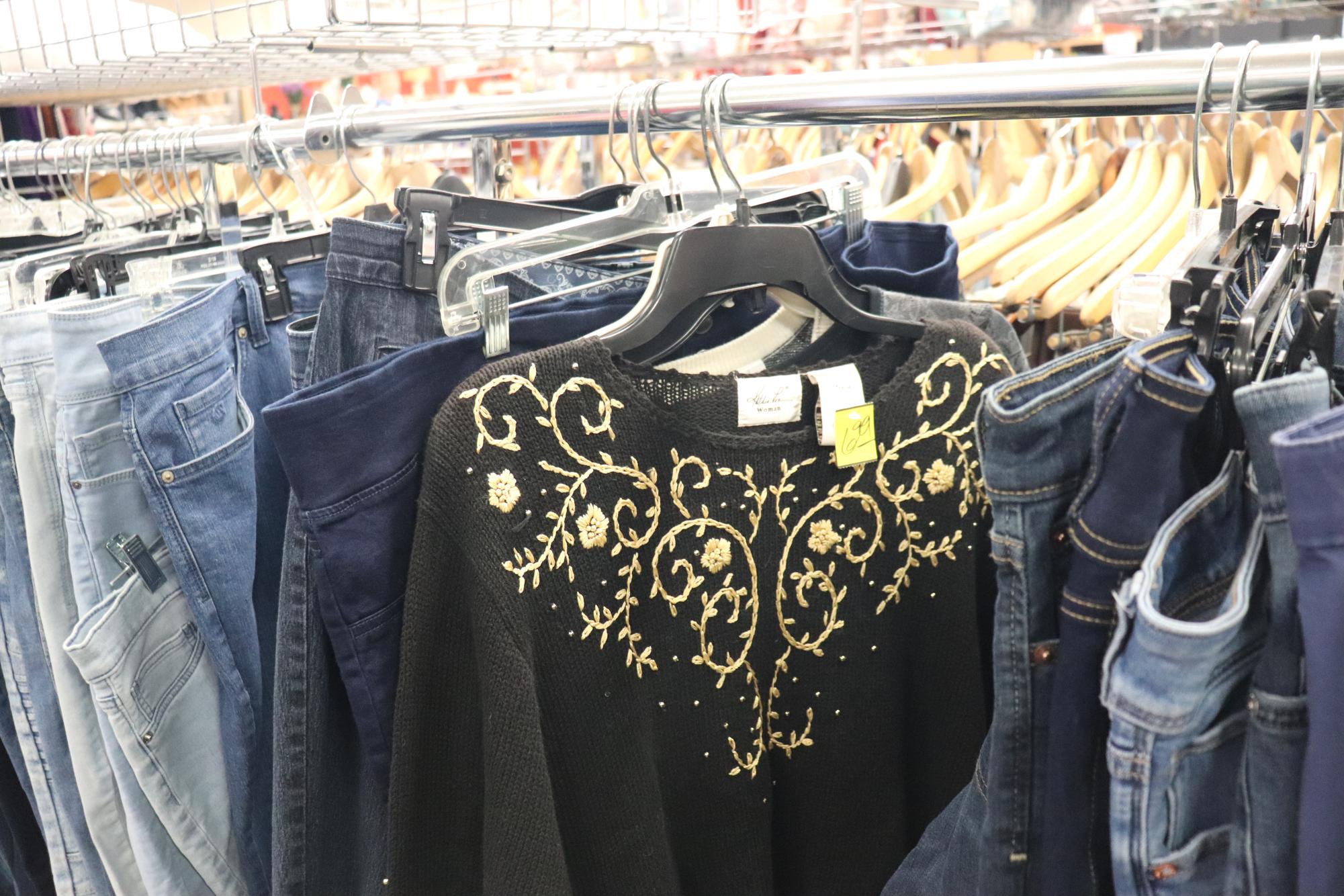
Almost every secondhand store in town sorts their clothes by size and within the sizes, by color. Most people know their size and don’t bother looking anywhere else. This can be very limiting and prevents you from possibly finding some really cool pieces.
Size is a very fluid thing, especially in women’s clothing.
“I have found things in XL that fit me and things size small that fit me,” Gromacki said. Since sizes are so unreliable, taking a look at all racks and guessing what might fit is usually the better bet.
“It’s less like looking at the tag and more like does this look like the shape of my body,”
Store employees put out dozens of items everyday and it’s not rare for something to be put in the wrong section. People also choose different sizes based on desired fit. For example, someone might wear a size medium but choose to buy a size XL sweatshirt in order to achieve that oversized fit.
It’s also a smart move to try clothes on before you buy them. All the local thrift stores have try on rooms for their customers.
“Trying on is a must for me. I know if I buy something and it doesn’t fit well, I’m not wearing it again,” Rubio said.
In order to keep thrifting sustainable and not contribute to overconsumption, it’s important to make sure you like the way the clothes look on you in-store. There are generally no returns at thrift stores. They tend to advise you to just redonate the item if you don’t like it.
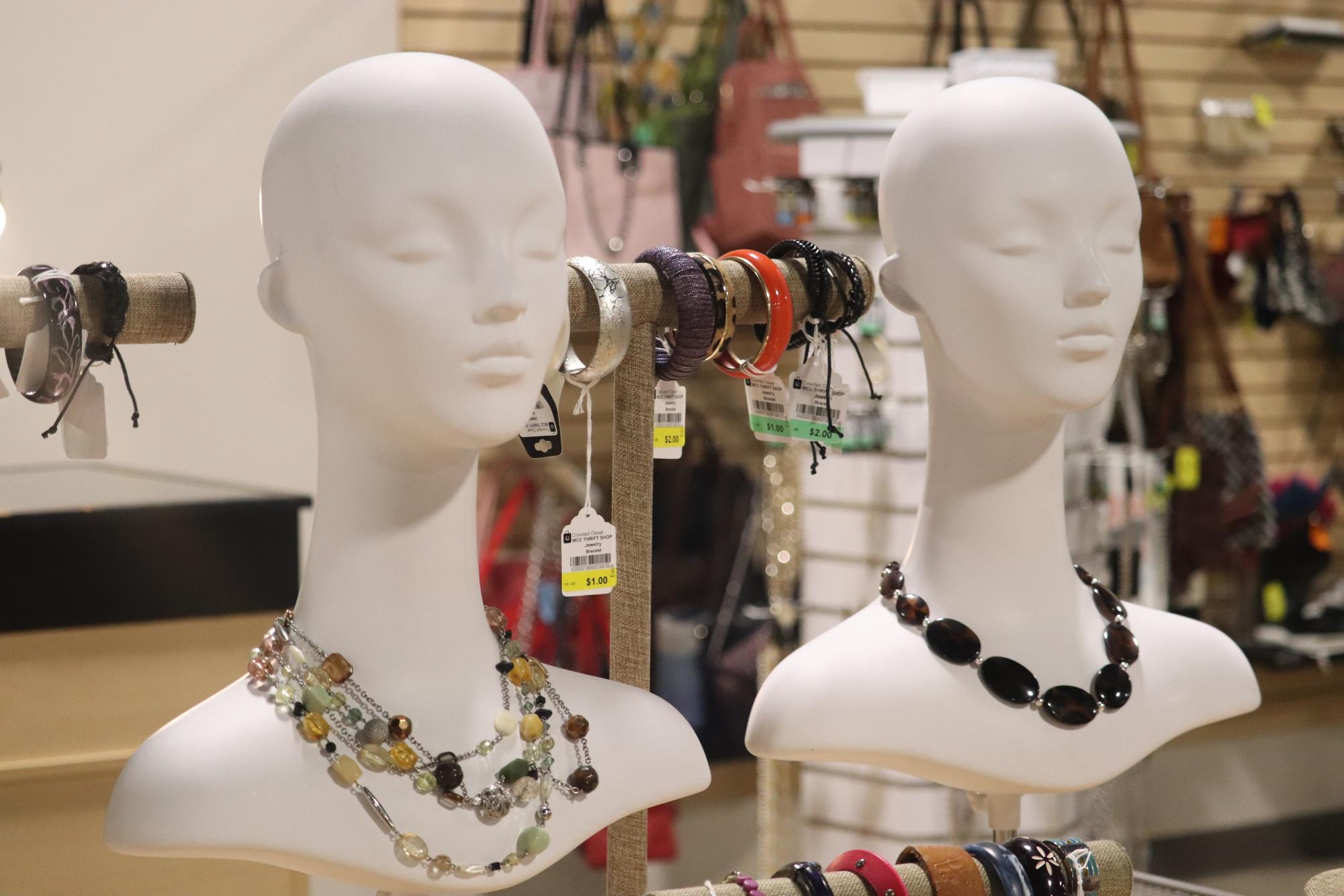
Though clothing is often the main objective when it comes to secondhand shopping, thrift stores have much more to offer. Some of the best deals and coolest antiques are found outside of the clothes racks.
Accessories such as jewelry and purses are almost always guaranteed to produce great finds. Expensive brands like Coach, Louis Vuitton and Gucci show up more often than you’d think in the hand bag section.
“When my dad moved into his new house, we went to the Salvation Army and we got, like, all of his dishes…and they were so cheap and they were like new,” Gromacki said.
From dishes, shoes, wall art, books and sport supplies to furniture, thrift stores have you covered. Next time you’re considering buying a new coffee table or bicycle, check out the thrift and save some serious money. Even with the reputation secondhand stores have of all their items being worn down or outdated, it’s not uncommon to find high quality items in good condition, for amazing prices. You might have to sort through a lot of junk but there’s always a diamond in the rough.
-
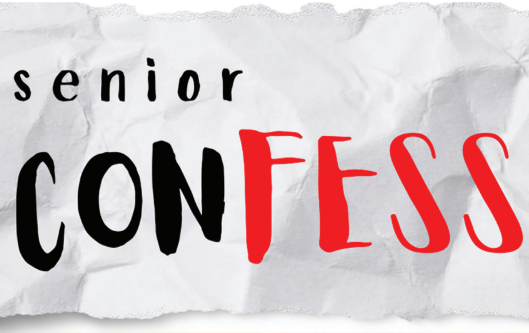 A&ESenior confessions
A&ESenior confessions -
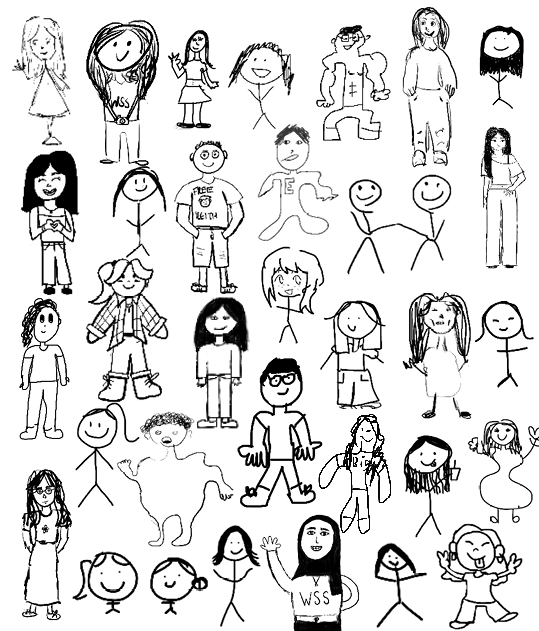 A&E2025 Senior class portrait
A&E2025 Senior class portrait -
 A&EWSS senior staff superlatives
A&EWSS senior staff superlatives -
A&EA year to remember: 2024-2025 in focus
-
 A&ESenior word search
A&ESenior word search -
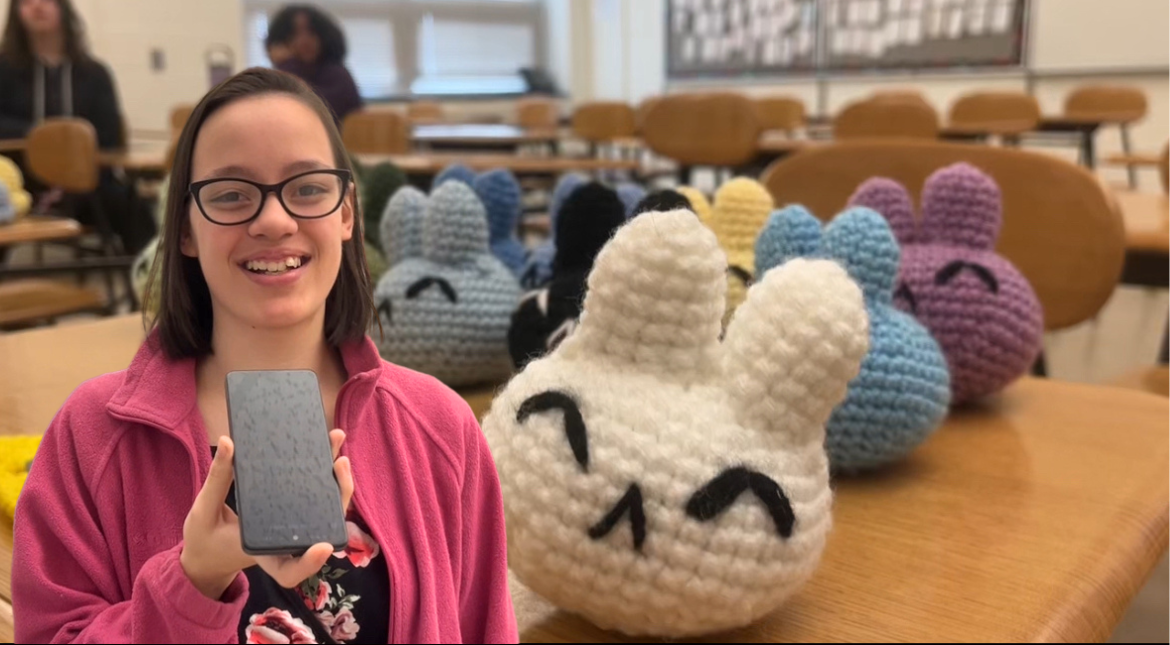 A&EMeet chrocheter Chanel Pennell '25
A&EMeet chrocheter Chanel Pennell '25 -
 A&E2025 West High faculty superlatives
A&E2025 West High faculty superlatives -
 A&ESamira Ahmed visits West for biennial author visit
A&ESamira Ahmed visits West for biennial author visit -
 A&EStudents shine at annual Walk It Out show
A&EStudents shine at annual Walk It Out show -
 A&EThe City of Literature
A&EThe City of Literature -
 EntertainmentTrash hunt!
EntertainmentTrash hunt! -
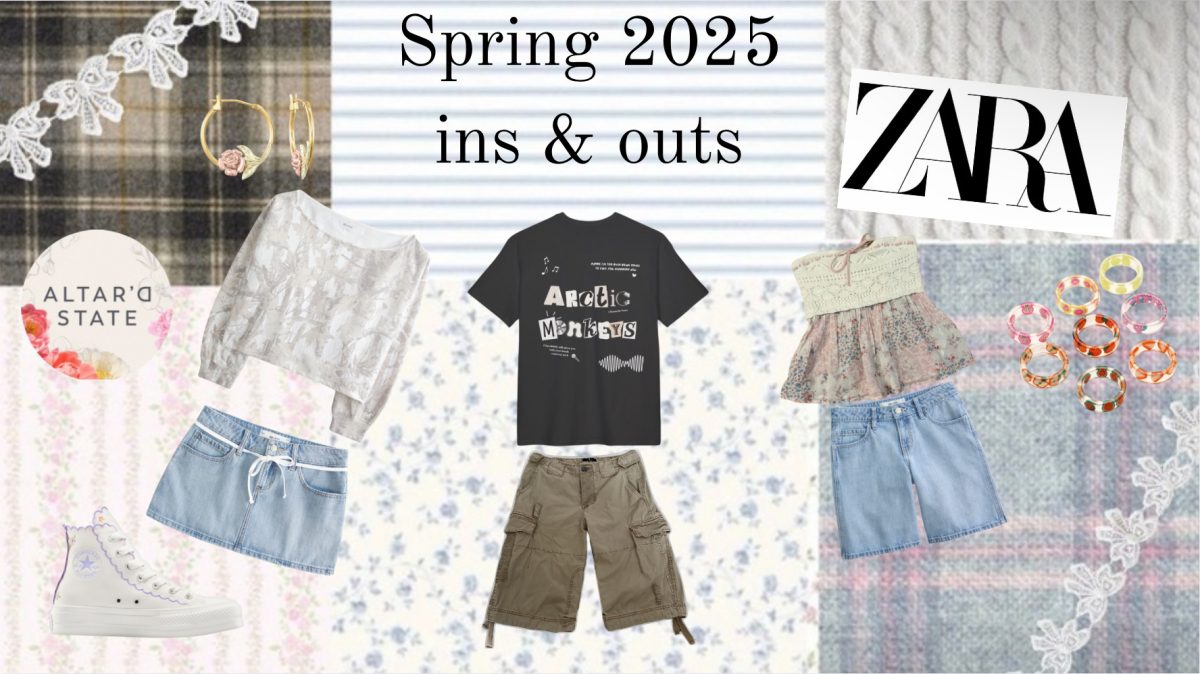 EntertainmentSpring fashion ins and outs
EntertainmentSpring fashion ins and outs -
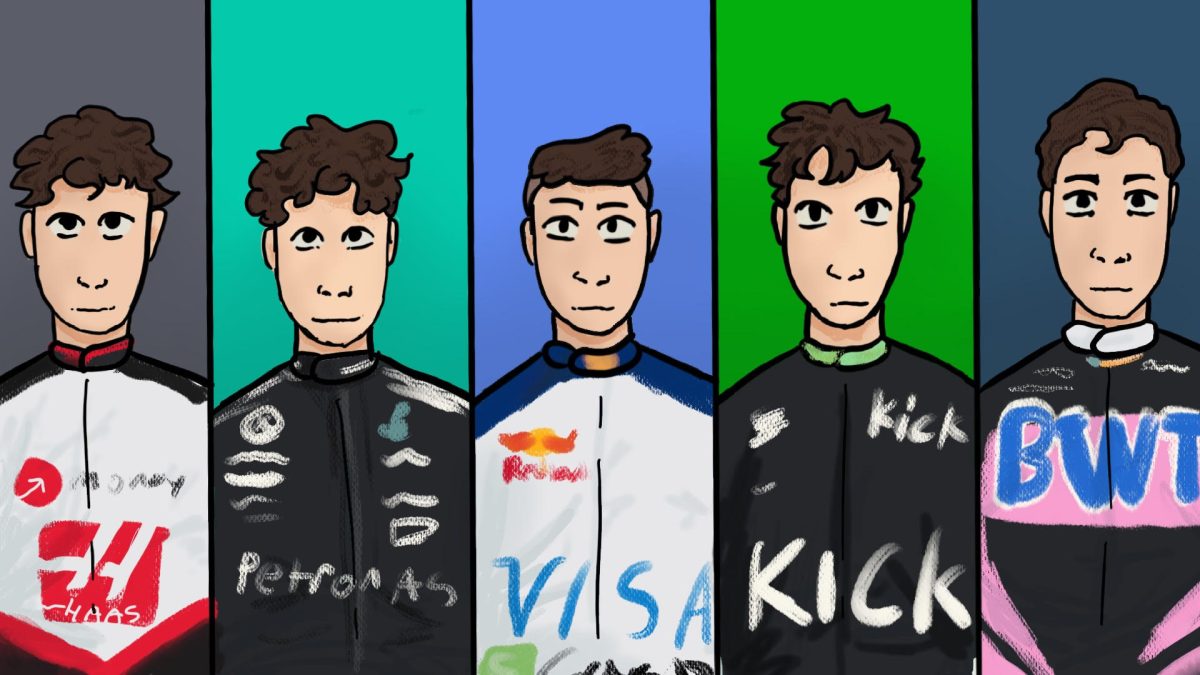 EntertainmentPaddock behavior: 2025 predictions
EntertainmentPaddock behavior: 2025 predictions -
 EntertainmentWhich Theatre West crew are you?
EntertainmentWhich Theatre West crew are you? -
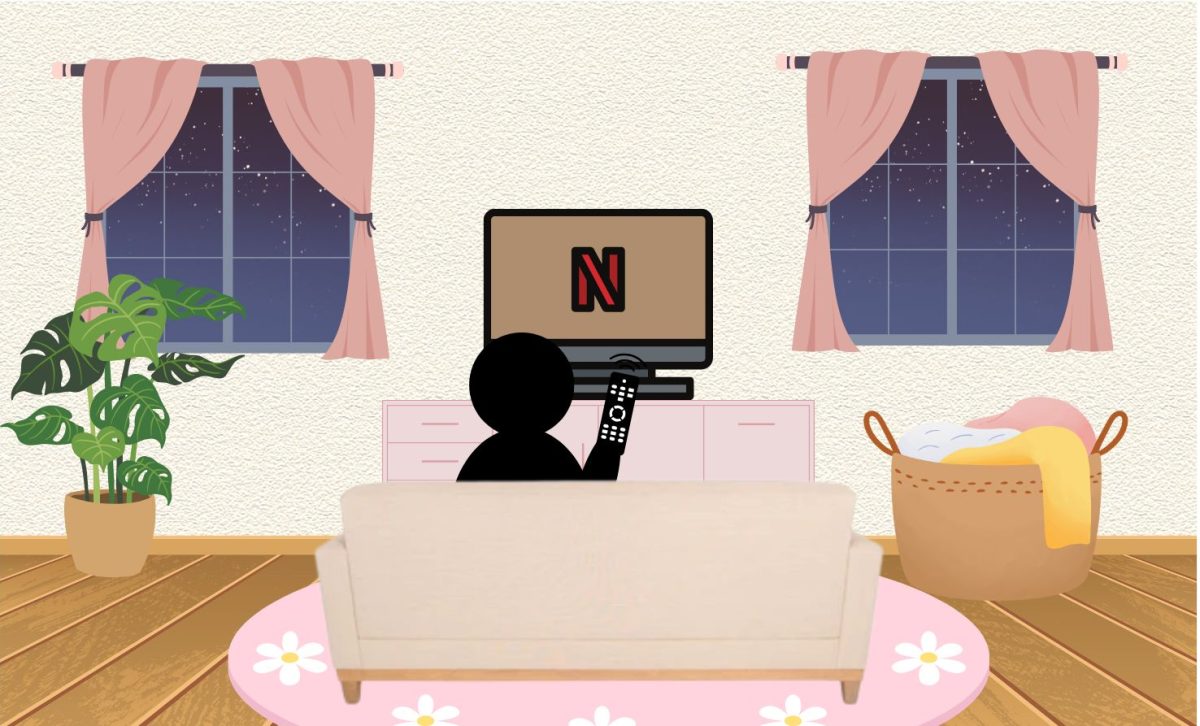 EntertainmentFind your next Netflix binge watch
EntertainmentFind your next Netflix binge watch -
 EntertainmentWhat type of cat are you?
EntertainmentWhat type of cat are you? -
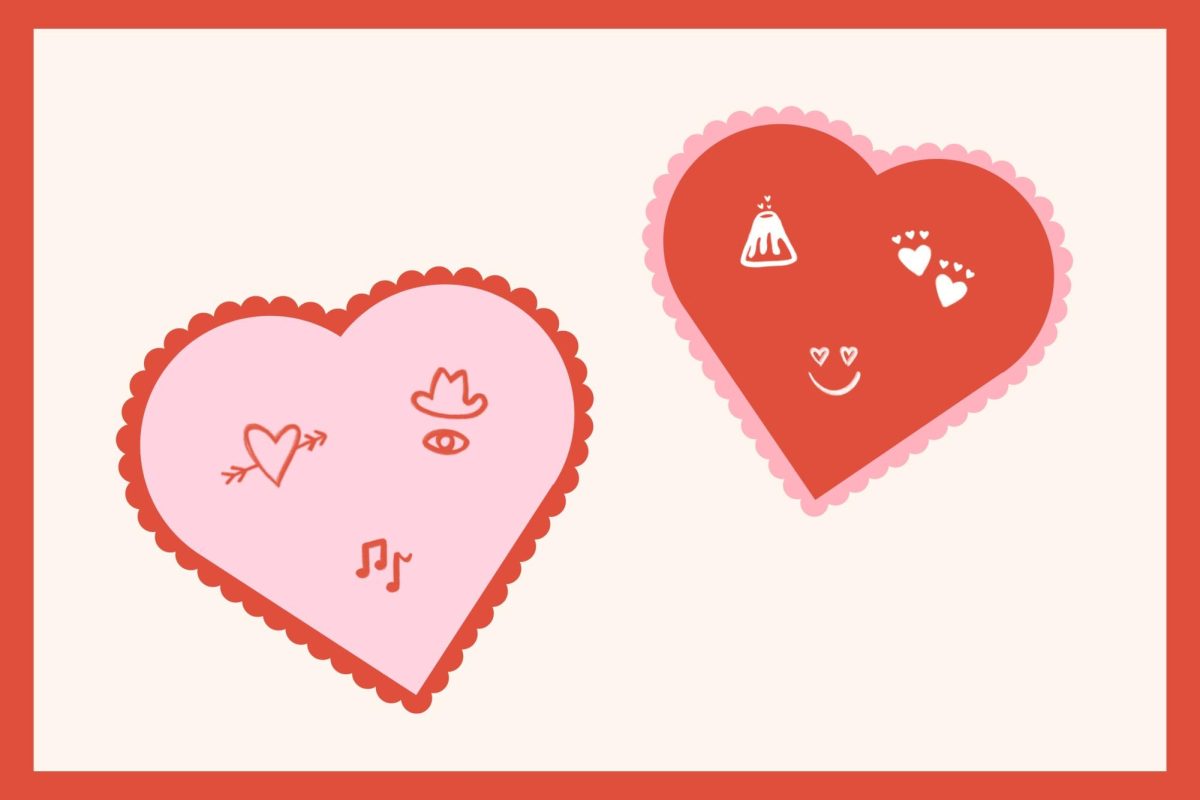 EntertainmentMissed connections
EntertainmentMissed connections -
 Entertainment"Fin Fin on Teo the Magic Planet:" a review
Entertainment"Fin Fin on Teo the Magic Planet:" a review -
 EntertainmentTeachers get quizzed on brain rot
EntertainmentTeachers get quizzed on brain rot -
 EntertainmentAnd the Oscar goes to...
EntertainmentAnd the Oscar goes to... -
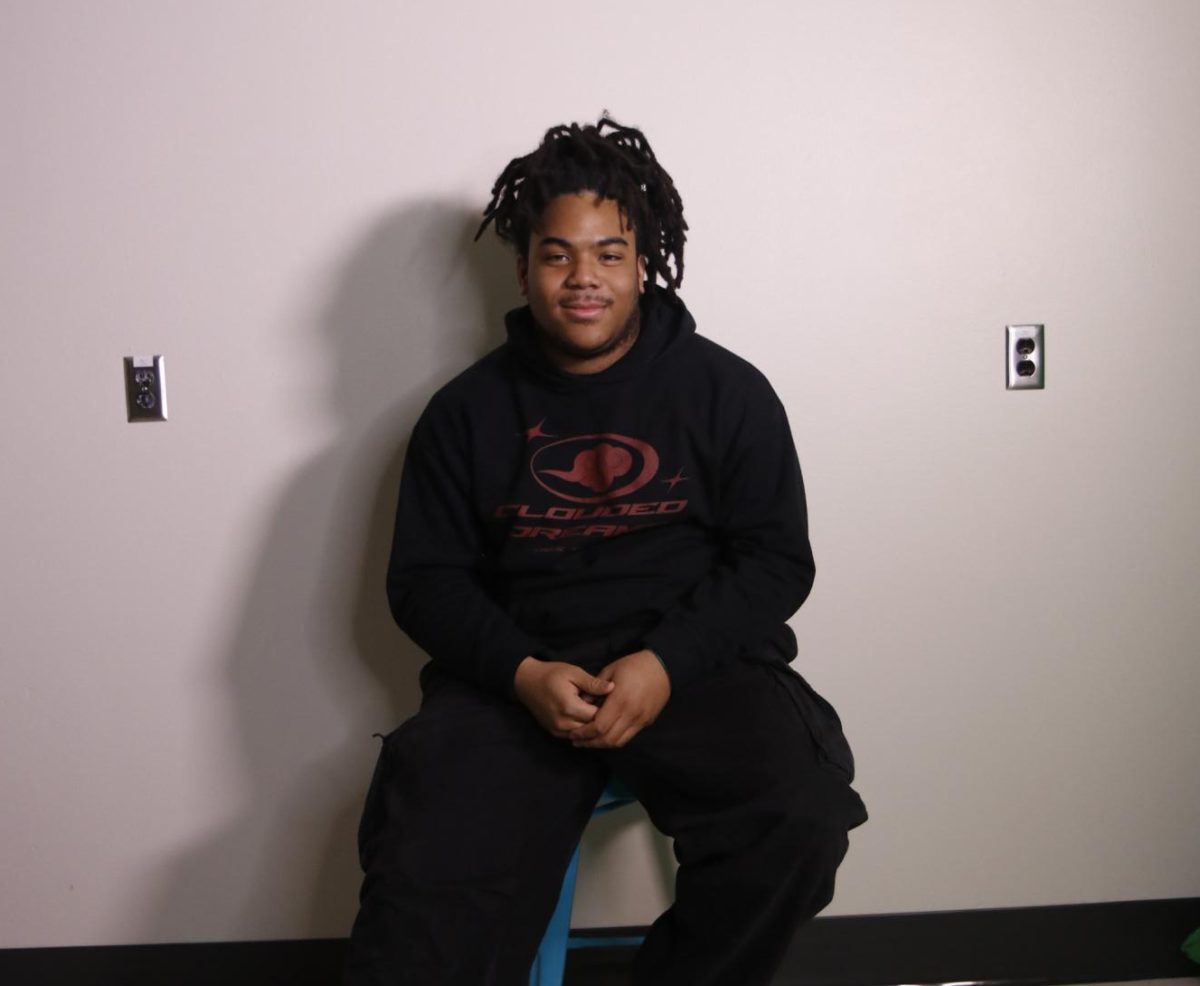 FashionTake the risk
FashionTake the risk -
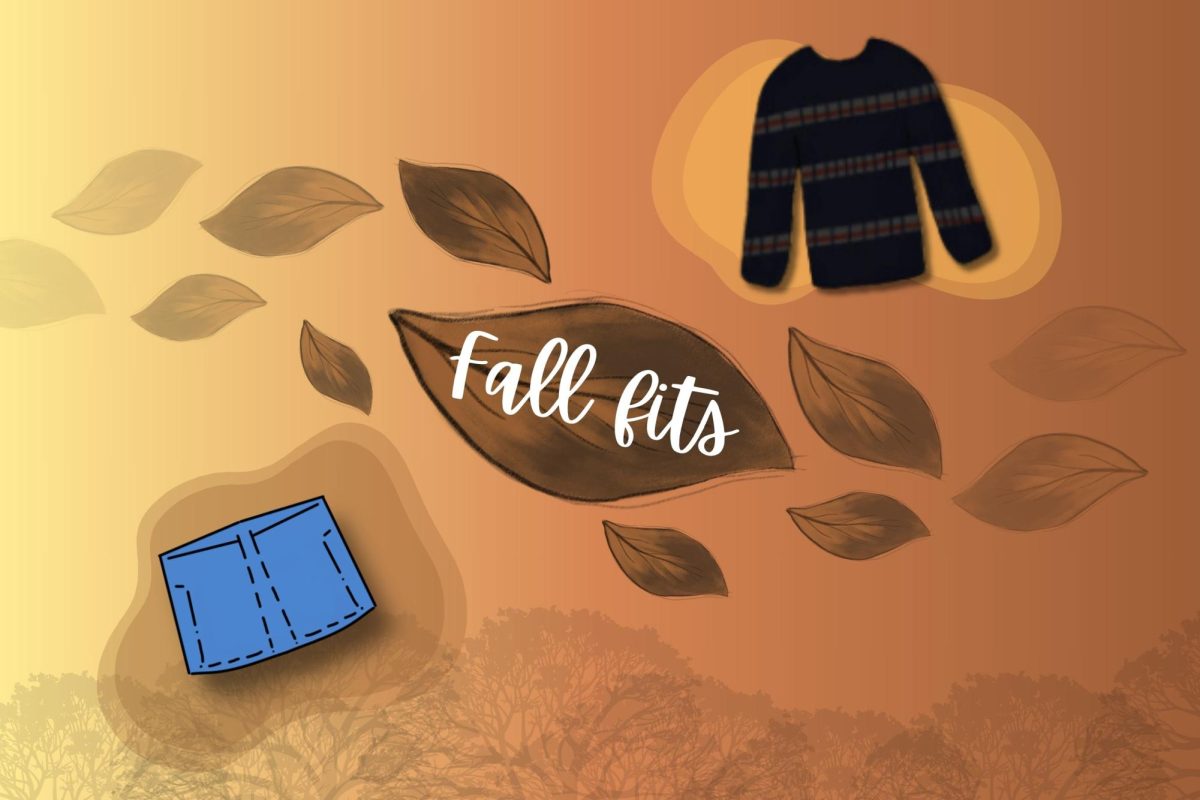 FashionFall fits
FashionFall fits -
 FashionFashion Friday: graduating in style
FashionFashion Friday: graduating in style -
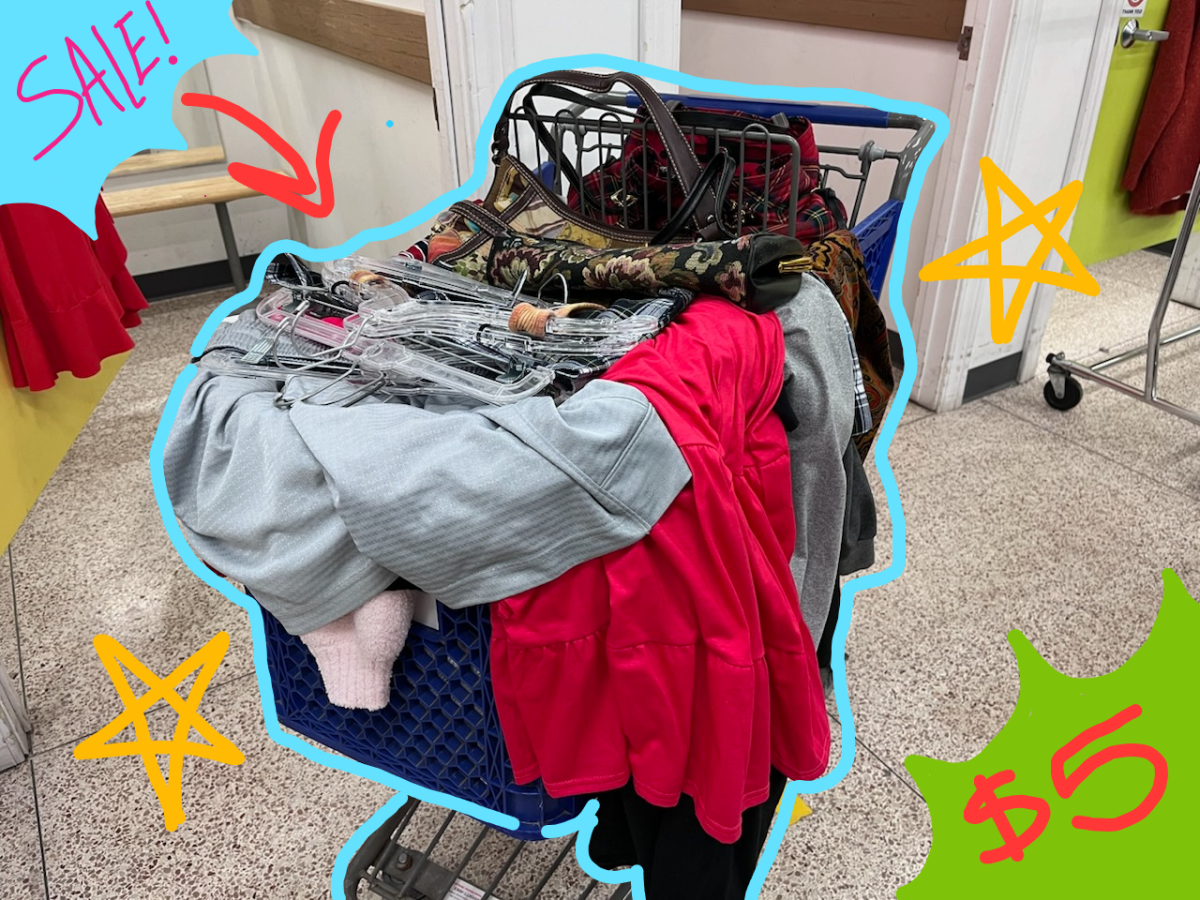 FashionOver-consumption vs. personal style
FashionOver-consumption vs. personal style -
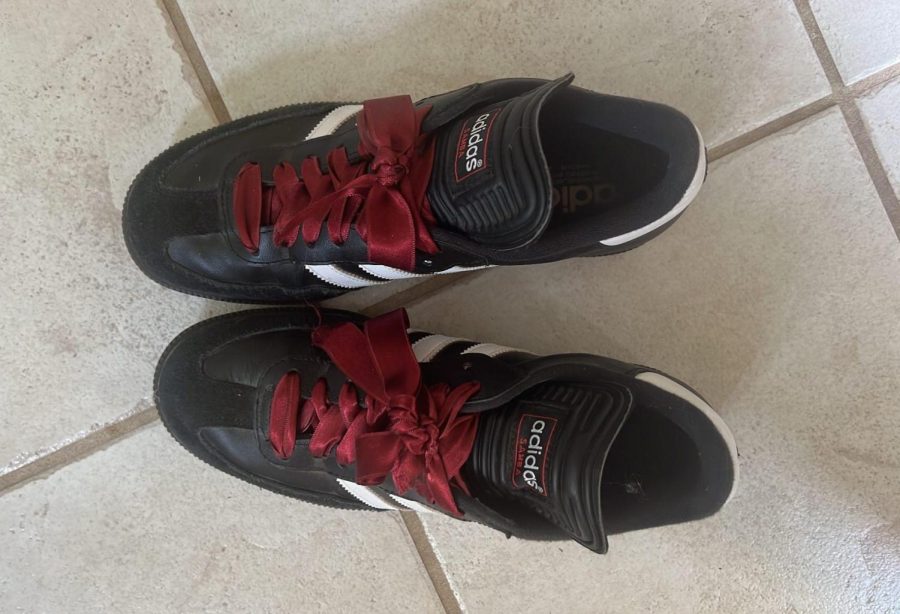 FashionRanking 2023 fashion trends
FashionRanking 2023 fashion trends -
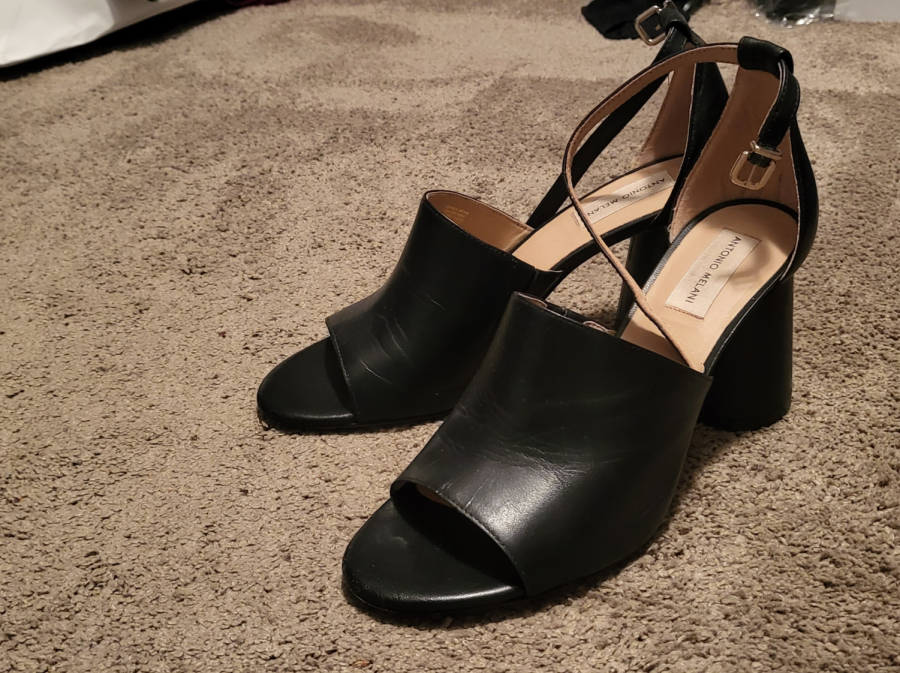 FashionMet Gala: Top 15 best dressed
FashionMet Gala: Top 15 best dressed -
 FashionInaugural Asian Fest 2023
FashionInaugural Asian Fest 2023 -
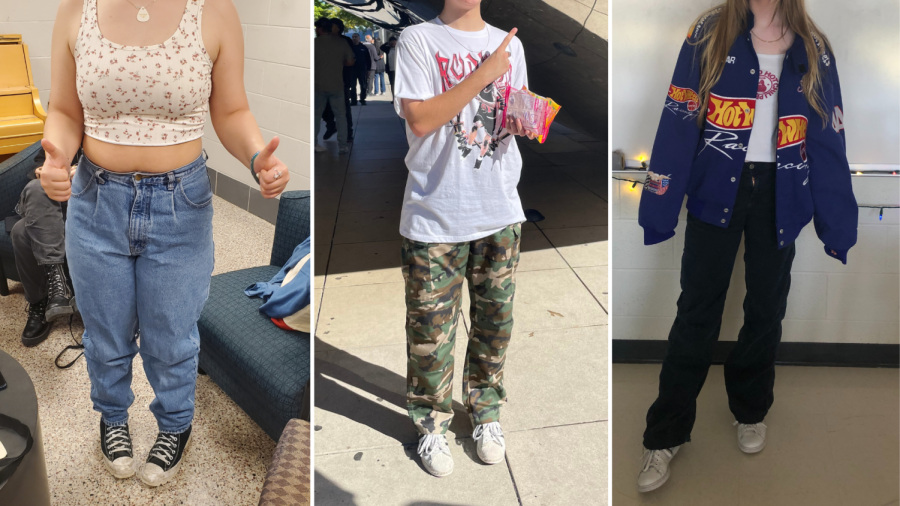 FashionSpring and summer 2023 fashion predictions
FashionSpring and summer 2023 fashion predictions -
 FashionStudents host the 5th annual Walk it Out
FashionStudents host the 5th annual Walk it Out -
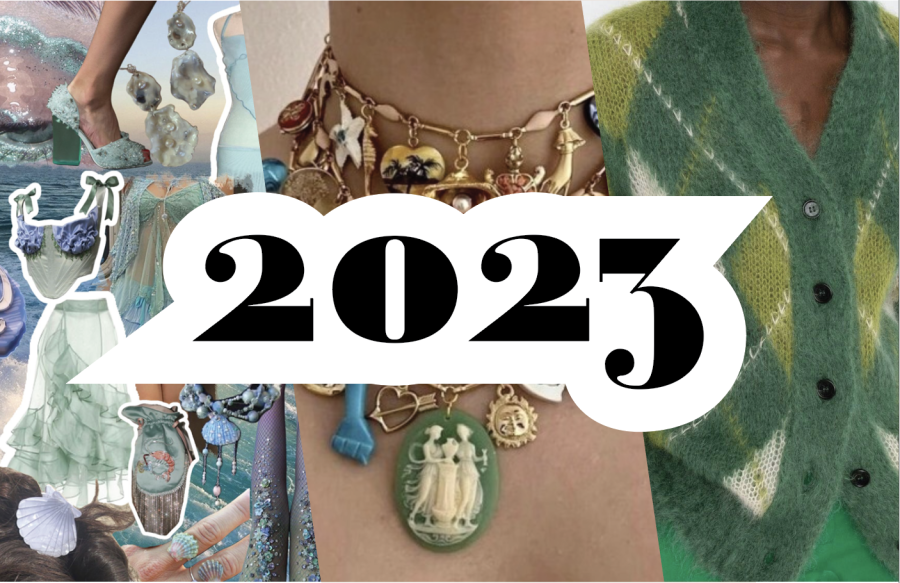 FashionFashion Friday: 2023 Fashion Predictions
FashionFashion Friday: 2023 Fashion Predictions


(they/them) Jules is a senior and this is their second year on the West Side Story. They are the entertainment editor for the online publication. After school they spend most of the time with their cat, Baby, watching movies.
Your donation will support the student journalists of West High School. Your contribution will allow us to purchase Scholarship Yearbooks, newsroom equipment and cover our annual website hosting costs.



